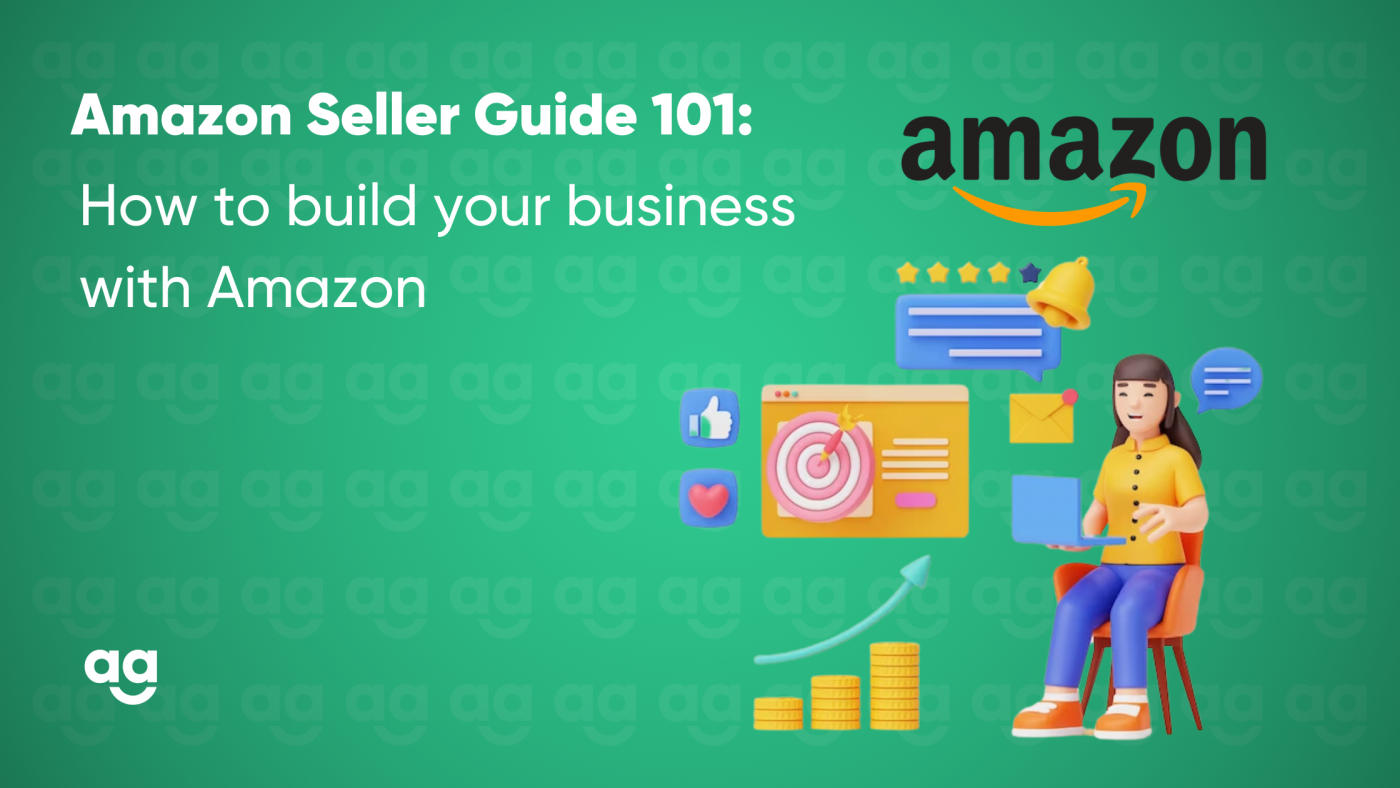Introduction
Amazon, a giant in the global market with a staggering $35 billion in annualized sales as of 2023, is more than just an online marketplace. This 25-year-old powerhouse serves over 300 million customers worldwide, showcasing its expansive reach and influence.
The company’s vast revenue streams, including $513 billion in 2022 alone, position it as the third-largest global company by revenue. Notably, Amazon Web Services (AWS) contributes a significant 15% to this revenue.
Now, why should you care? Well, these numbers scream one thing: if you want your business to be more than just a blip on the radar, you’ve got to get in on the Amazon action.
Consider this post as your ideal Amazon seller guide to getting started with building your business on Amazon. Read on!
How to Start Selling on Amazon?
If you’re wondering how to become an Amazon seller, one of the first things you need to know is that the process is straightforward but requires attention to detail.
Here’s a step-by-step guide to help you start selling on Amazon:
Step 1 – Conduct Thorough Research
Conducting comprehensive market research is a fundamental step in the journey of learning how to sell on Amazon.
Make sure you analyze product demand, competition, and pricing. Also, assess market trends, consumer reviews, and sales data to check feasibility and regulation requirements for the kind of products you want to sell.
Amazon has a list of restricted goods and a list of fees and policies. Make sure you explore your product’s fit within Amazon categories and check if it aligns with your business goals.
Step 2 – Set Up Your Amazon Seller Account
Follow the steps mentioned below to set up your account as an Amazon seller:
- Register your account on Amazon with GST/PAN details and an active bank account
- Choose storage, packaging, and shipping options
- List your products by providing product and brand details
- Complete orders and get paid within 7 days of delivery
In order to successfully establish an international seller account on Amazon, ensure you have essential information readily available, including your bank account and routing numbers, a valid credit card, government-issued ID, tax details, and a contact phone number.
You can join the league by choosing one of the following selling plans:
- The individual selling plan for businesses that sell less than 40 units per month
- The Professional selling plan for businesses that sell more than 40 units per month
Make sure you understand the differences between these plans to select the one best suited for your business needs.
Step 3 – Add Listings and Attract Customers
After setting up your account, you can start listing your products. You need a product identifier code, SKU (stock-keeping unit), product details, inventory details, and price details.
Here’s what you need to do next:
- Attract your target audience by using attractive product descriptions, which can also improve your brand ranking on search engines.
- Add enticing images, particularly on a white background with a minimum dimension of 500 x 500 pixels.
- Set competitive pricing or bulk pricing to attract Amazon Business customers.
- Ship fast and advertise with sponsored listings.
Step 4 – Understand the Amazon Shipping Procedure
Before you learn how to start selling on Amazon, make sure you understand the shipping process.
You can deliver products to consumers by using:
- Fulfillment by Amazon – With this feature, you can ship your products to the Amazon Fulfillment Center, and Amazon takes care of picking, packing, and shipping. This arrangement boosts unlimited, complimentary, and expedited delivery to your customers.
- Easy Ship – This is an end-to-end delivery service for Amazon.in sellers wherein products are picked up by Amazon from the seller’s location and delivered to the buyers’ location. You have full control over your inventory, you can choose your packaging, and you don’t have to bear storage costs.
- Self-Ship – You have the liberty to store, pack, and deliver your products using a third-party carrier. This gives you 100% control over your business; however, you need to use your resources for operations that require significant time and effort, including inventory management, packaging, and coordination with your chosen carrier.
Step 4 – Get Reviews
Finally, make sure you offer excellent service and deliver high-quality products on time to encourage reviews. Amazon also provides a ‘Request a review’ service, using which sellers can ask their consumers to leave feedback.
Conclusion
Amazon offers significant opportunities that help businesses stay informed, follow trends, adapt to market changes, and maintain a customer-centric approach.
However, navigating the complexities of shipping can be a challenge.
This is where Shipyaari comes into play, offering an integrated, user-friendly dashboard for streamlined order placement, shipment tracking, return management, and handling Cash on Delivery (COD) transactions.







 Shipping
Shipping







